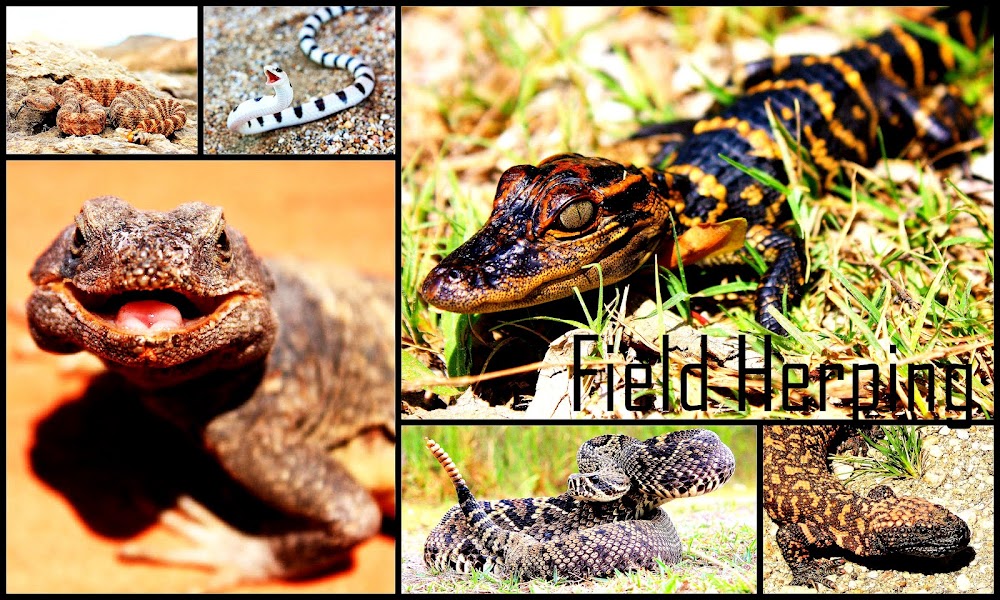 It's not like herpers are catered to and conveniently dropped off in the most ideal habitat. Rather, like much of the time, I seek out the best I can find and make do with the most ideal habitats I can get to. A rocky, desert wash with a few acacias and palms sat near the beach and hotel, so I decided to comb the area for anything I could find. Here began my herping adventures of Jordan!
It's not like herpers are catered to and conveniently dropped off in the most ideal habitat. Rather, like much of the time, I seek out the best I can find and make do with the most ideal habitats I can get to. A rocky, desert wash with a few acacias and palms sat near the beach and hotel, so I decided to comb the area for anything I could find. Here began my herping adventures of Jordan!I've already documented my first herp specie in the Egyptian geckos section, but actually, it was my first herp in Jordan. The keeled rock gecko (Cryptopodion scaber, pictured in previous post) sat under a rock in the wash and motivated me to continue in search of other interesting finds. Not long afterward, I flipped over a board and caught my first fan-fingered gecko.
 The yellow fan-fingered gecko (Ptyodactylus hasselquistii) may also have been the gecko I photographed from afar in Egypt.
The yellow fan-fingered gecko (Ptyodactylus hasselquistii) may also have been the gecko I photographed from afar in Egypt. His wide toepads enabled him to travel quickly on horizontal and vertical surfaces, alike.
His wide toepads enabled him to travel quickly on horizontal and vertical surfaces, alike. I found another of the same specie (with a full tail) seeking shelter under tree bark. Happy with two new gecko species, I found an area next to a chain-link fence, in hopes of finding a herp under the boards and rocks next to the fence. I flipped over a board and saw a flash of movement wriggle to hide under a new board. I pressed the middle of the board firmly to the ground, pinning whatever sat beneath it. Then, I lifted up the front to see the back end of a lovely, decent-sized skink that now could not get away. I used my free hand to lift it up into the light for a couple quick photos.
I found another of the same specie (with a full tail) seeking shelter under tree bark. Happy with two new gecko species, I found an area next to a chain-link fence, in hopes of finding a herp under the boards and rocks next to the fence. I flipped over a board and saw a flash of movement wriggle to hide under a new board. I pressed the middle of the board firmly to the ground, pinning whatever sat beneath it. Then, I lifted up the front to see the back end of a lovely, decent-sized skink that now could not get away. I used my free hand to lift it up into the light for a couple quick photos. An ocellated skink (Chalcides ocellatus) wondering how it was discovered and why it's still alive.
An ocellated skink (Chalcides ocellatus) wondering how it was discovered and why it's still alive. The skink gets its name from the spots that look like eyes covering its body. Although its legs are short, it's a strong lizard and can move quickly across the ground.
The skink gets its name from the spots that look like eyes covering its body. Although its legs are short, it's a strong lizard and can move quickly across the ground.The time sped by quickly, and before I knew it, our study abroad group was back on the bus heading north for Amman. The landscape changed from hot, rocky desert to cool, high-altitude desert to a green Mediterranean-style habitat. I found my first herps in Amman before even leaving the bus, since the agamas enjoyed basking conspicuously on rocks near the road.
 A basking starred agama (Laudakia stellio).
A basking starred agama (Laudakia stellio). The starred agama is the most commonly seen lizard in the Amman area. This one was only a juvenile.
The starred agama is the most commonly seen lizard in the Amman area. This one was only a juvenile.I sat on the bus wondering what other species of herps lived out there in the rocky hills. There was about an hour of daylight left after I arrived and got settled in my new apartment. I wanted to take a quick walk around the neighborhood before it got dark, so a friend and I walked along until I found a large orchard with a pile of rocks in one corner. I couldn't resist seeing what might live under those rocks, so my friend kindly sat there while I utilized the last moments of daylight for herping.
 It turned out that a snake-eyed lizard (Ophisops elegans) had made them his home. Another new specie for me. My travels through Jordan to my destination of Amman had revealed five Jordanian herp species that day, and I would come across many more in the coming weeks and months.
It turned out that a snake-eyed lizard (Ophisops elegans) had made them his home. Another new specie for me. My travels through Jordan to my destination of Amman had revealed five Jordanian herp species that day, and I would come across many more in the coming weeks and months.




















.JPG)
.JPG)



